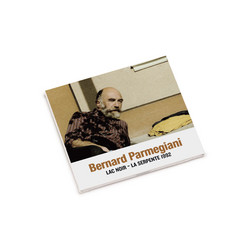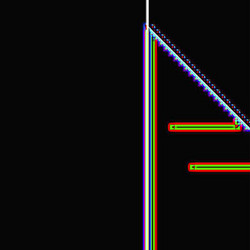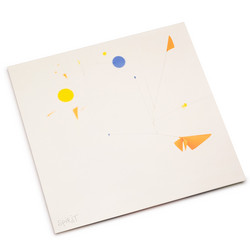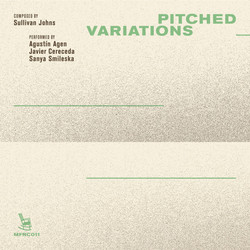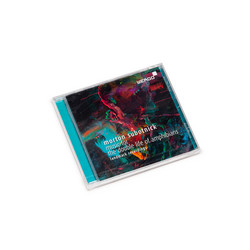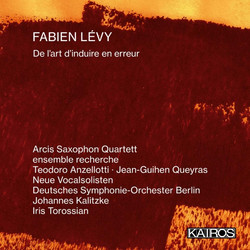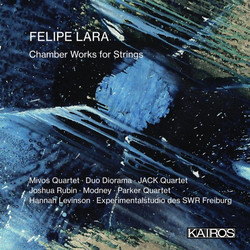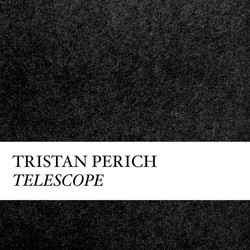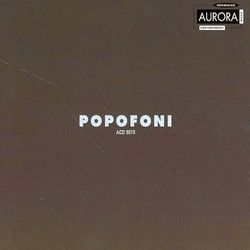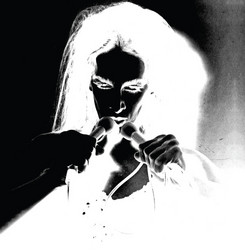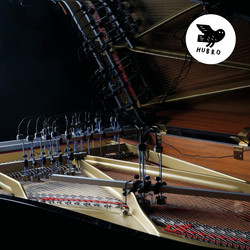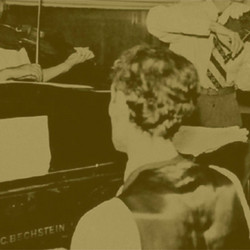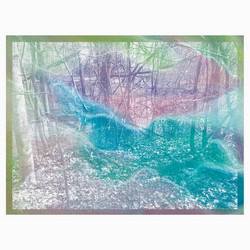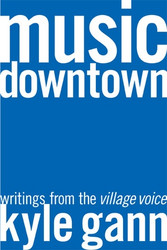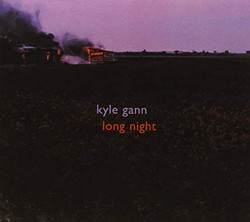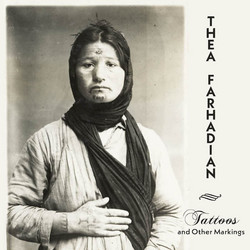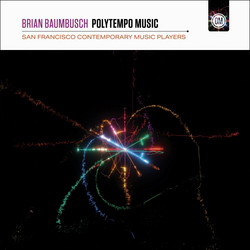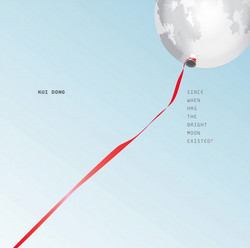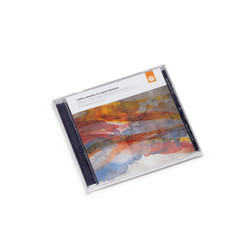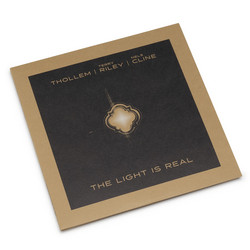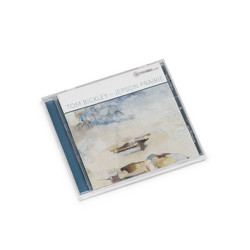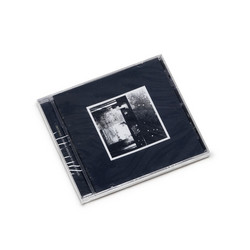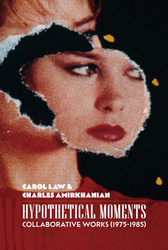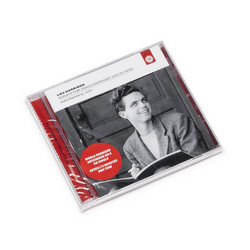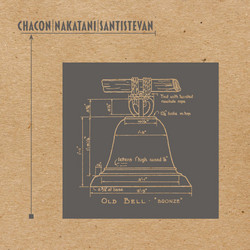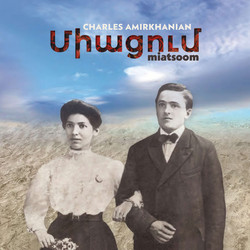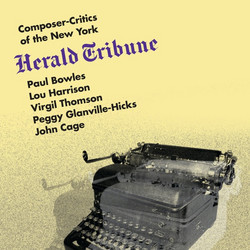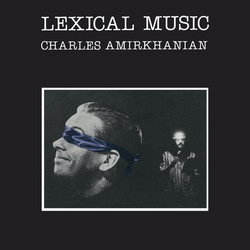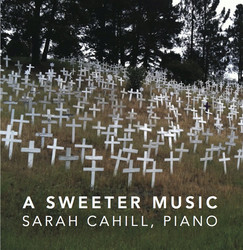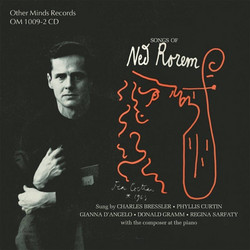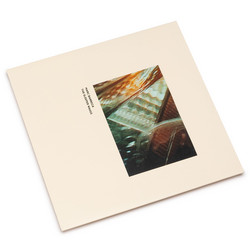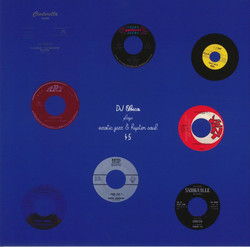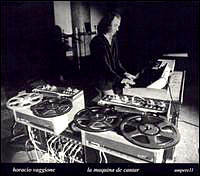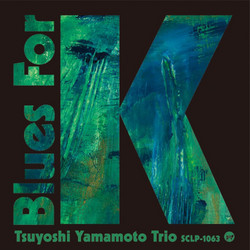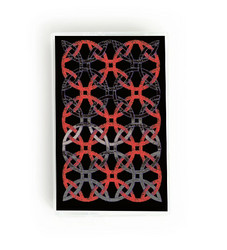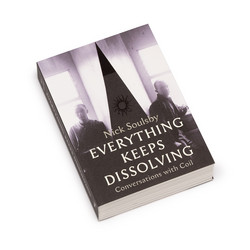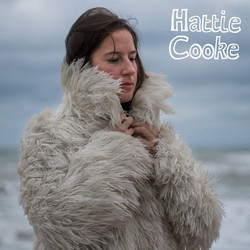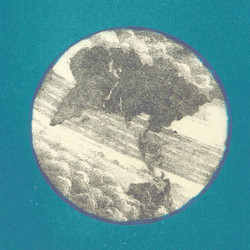Kyle Gann
Hyperchromatica (2CD+Booklet)
On his latest recording, Hyperchromatica, Kyle Gann expands on Conlon Nancarrow’s work with player pianos and multiplies it. This expansive new work was written for three computer-controlled disklavier pianos that Gann tuned to an intricate system of his own design, with the express goal to “reinvent tonality.” Gann treats the work not as a piano trio but a work for a single instrument with 243 keys. Hyperchromatica extends the possibilities of the piano well beyond the range of human possibility, utlizing complex polytempo and polymetric techniques that would be impossible for even the most virtuosic of players.
That’s not to say that Hyperchromatica is cold and mechanical. There are moments of frenetic chaos, to be sure, but Gann is focused on making microtonal music not accessible, but more “attractive and seductive.” Gann manipulates our suspension of disbelief, moving seamlessly from typically pianistic passages to figures almost too complex to comprehend. The strata of mictrotonal pitch and polytempo provides an unfamiliar lushness.
Hyperchromatica is a mammoth work, more than two years in the making. After years of working with a variety of microtonal tunings, Gann devised a tuning that provided him with enough heft to cover the piece’s two and half hours. By covering the gamut of styles and techniques, Gann has created a touchstone of microtonal music. The future is now, and Kyle Gann is leading is the way.
Kyle Gann (b. 1955 in Dallas, Texas) is a composer and was new-music critic for the Village Voice from 1986 to 2005. Since 1997 he has taught at Bard College. He is the author of seven books on American music, including books on Conlon Nancarrow, Robert Ashley, John Cage’s 4’33”, and Charles Ives’s Concord Sonata. He studied composition with Ben Johnston, Morton Feldman, and Peter Gena, and much of his music is microtonal. His major works include the piano concerto Sunken City, Transcendental Sonnets for chorus and orchestra, the microtonal music theater piece Custer and Sitting Bull and The Planets for mixed octet.

